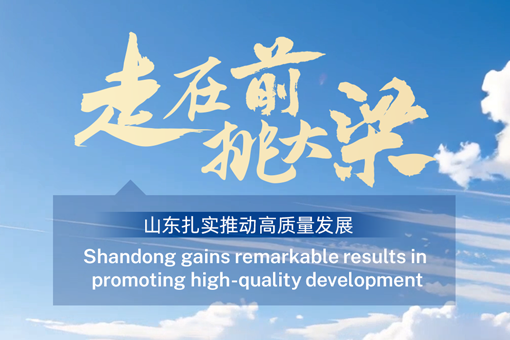SPG: Ports integration plays key role in group development (Ⅰ)
(chinadaily.com.cn)| Updated : 2021-08-17
Print PrintShandong Port Group Co Ltd, or SPG, established on Aug 6 in 2019 – which is currently the world's biggest port operator – owns and operates Qingdao Port, Rizhao Port, Yantai Port, and Bohai Bay Port in East China's Shandong province.
Unprecedented merger
Ports are defined as a capital-intensive industry and are driven by economies of scale. The date of Aug 6 in 2019 marked the inauguration of the ports group as well as the start of a great new growth cycle for the shipping business in Shandong.
With a total throughput of 1.4 billion tons, in the wake of the merger of the four ports the newly merged company became the world's largest port group overnight in terms of throughput.
Shipping business booms
SPG has formed a "1+4+11+N" group organizational structure – where one refers to the group headquarters in Qingdao, operating four major port groups, 11 subsidiary groups and numerous inland ports.
This has created an integrated group structure with Qingdao port as the leader, Rizhao and Yantai ports as the two wings, Bohai Bay Port being an extension and numerous inland ports as the support.
Benefiting from its new business pattern, Rizhao, Yantai and Bohai Bay ports immediately had access to international shipping resources from Qingdao port. Additionally, in the past two years, Qingdao Port has opened 47 new routes – the most in the past four or five years. The number and density of its routes ranks SPG first among northern port groups in China.
Moving from its initial business of loading and unloading of crude oil, currently SPG – with cooperation between the ports – has gone on to expand the oil industry supply chain.

 Xi's Moments
Xi's Moments  Shandong excels in advancing high-quality growth
Shandong excels in advancing high-quality growth  Shaping world-class port services provider for future
Shaping world-class port services provider for future